The California Department of Financial Protection and Innovation (DFPI) is another state regulator in the United States that initiated an investigation against crypto companies offering interest-bearing accounts.
“The Department is investigating whether other crypto-interest account providers are violating laws under the Department’s jurisdiction,” the regulator stated in an announcement on Tuesday.
However, the California regulator did not name any crypto lending Crypto Lending The process of lending cryptocurrency assets with an accrued interest rate and due date is known as crypto lending. The process of crypto lending often occurs through cryptocurrency exchanges or online lending platforms to connect borrowers to lenders. Lenders of crypto lending are comprised of institutional lenders, like hedge funds and asset managers, individual participants, or entities seeking to accrue interest. On the opposite end of the spectrum, borrowers of crypto lending include market makers, proprietary traders, investment managers, hedge funds, traders.These entities or individuals look to short the market, arbitrage-based traders, or entities who need to fulfill an obligation with another party. Different Types of Crypto LendingWhile the process of crypto lending is simply, there are four types of crypto lending practices that traders should familiarize themselves with.Companies, individuals, or entities who possess an excess of cryptocurrencies can earn additional cryptocurrencies through crypto lending. Crypto-to-crypto lending materializes in the form of a smart contract, where crypto lenders can earn interest for a specific period. Common cryptocurrencies that are lent include Bitcoin, Ethereum, and Altcoins. Two examples of crypto-to-crypto lending include Nuo and Coincheck. Moreover, margin lending is a new type of crypto lending, which enables lenders to fund varying cryptocurrencies to borrowers as opposed to a single crypto asset. Typically, lenders of margin lending fix their interest rate and contract duration while occurring over a centralized platform such as Nuo and Bitfinex. While less common, crypto-to-fiat lending occurs when individuals, businesses, or entities require cash. Cryptocurrencies are used as collateral while the lender receives a fiat return which generally is credited to a linked bank account. Finally, crypto-credit lending occurs when entities need capital. Opposed to peer-to-peer (P2P) lending, crypto-credit lending places less emphasis on credit history although this comes with a sacrifice of regulation. The process of lending cryptocurrency assets with an accrued interest rate and due date is known as crypto lending. The process of crypto lending often occurs through cryptocurrency exchanges or online lending platforms to connect borrowers to lenders. Lenders of crypto lending are comprised of institutional lenders, like hedge funds and asset managers, individual participants, or entities seeking to accrue interest. On the opposite end of the spectrum, borrowers of crypto lending include market makers, proprietary traders, investment managers, hedge funds, traders.These entities or individuals look to short the market, arbitrage-based traders, or entities who need to fulfill an obligation with another party. Different Types of Crypto LendingWhile the process of crypto lending is simply, there are four types of crypto lending practices that traders should familiarize themselves with.Companies, individuals, or entities who possess an excess of cryptocurrencies can earn additional cryptocurrencies through crypto lending. Crypto-to-crypto lending materializes in the form of a smart contract, where crypto lenders can earn interest for a specific period. Common cryptocurrencies that are lent include Bitcoin, Ethereum, and Altcoins. Two examples of crypto-to-crypto lending include Nuo and Coincheck. Moreover, margin lending is a new type of crypto lending, which enables lenders to fund varying cryptocurrencies to borrowers as opposed to a single crypto asset. Typically, lenders of margin lending fix their interest rate and contract duration while occurring over a centralized platform such as Nuo and Bitfinex. While less common, crypto-to-fiat lending occurs when individuals, businesses, or entities require cash. Cryptocurrencies are used as collateral while the lender receives a fiat return which generally is credited to a linked bank account. Finally, crypto-credit lending occurs when entities need capital. Opposed to peer-to-peer (P2P) lending, crypto-credit lending places less emphasis on credit history although this comes with a sacrifice of regulation. Read this Term companies under its scanner.
The necessity for the investigation was pushed after several crypto lending platforms suspended withdrawals amid the ongoing market turmoil, while a few even collapsed. The regulator even highlighted BlockFi and Voyager Digital and said that it found certain crypto interest accounts as unregistered securities.
“The Department warns California consumers and investors that many crypto-interest account providers may not have adequately disclosed risks customers face when they deposit crypto assets onto these platforms,” the regulator stated.
The Collapse of Crypto Lenders
The vulnerabilities of crypto lending platforms were surfaced in recent months. Celsius, the CEO of which was once willing to explain the crypto lending business model to US regulators, suspended all withdrawals between accounts on June 12 and hired restructuring experts. Now, the state regulator of Vermont has initiated an investigation against Celsius.
BlockFi, another crypto lending platform that settled with US regulators by paying $100 million, was bailed out by other industry giants. Singapore-based Vauld, suspended withdrawals and is considering restructuring, while Voyager has filed for bankruptcy Bankruptcy Bankruptcy or insolvency constitutes a legal term and refers to being unable to repay debts. A business and a person can declare bankruptcy. When a person or company claims bankruptcy, it is described as a voluntary bankruptcy, and when your debtors force you into bankruptcy, it is referred to as involuntary. A voluntary bankruptcy occurs when the debtor or borrower, the party that owes the money files with the courts. Involuntary bankruptcy happens when your credits file a petition with the courts. Bankruptcy can only occur with a court filing. Since bankruptcy is a legal state, once the petition is filed with the appropriate court, local and state laws vary greatly. Different Kinds of Bankruptcy In the US, these legalities are referred to as Chapters 7 and 11, 12, and 13. Chapter 7 is a liquidation procedure, where all assets are sold, and the court oversees the distribution of the money to creditors based on their standing. Both businesses and individuals can file for chapter 7. Chapter 11 is a reorganization process where businesses are allowed to freeze their debts and continue to operate. In contrast, a method and procedure are negotiated through the courts to satisfy the obligations of the company. Chapter 13 is called a wage earner plan and helps people attempt to restructure their debts to repay their debts. This can include some debt forgiveness by creditors or reduced interest rates or balances. Not all private persons are eligible for Chapter 13, high amounts of debt don't qualify, and the person must file Chapter 11 or 7. Most individuals choose Chapter 13 over Chapter 11 or Chapter 7 because it aids them in avoiding foreclosure on their residence. The filing of bankruptcy is considered a last resort when businesses and persons have not been able to negotiate terms directly with their creditors. Bankruptcy or insolvency constitutes a legal term and refers to being unable to repay debts. A business and a person can declare bankruptcy. When a person or company claims bankruptcy, it is described as a voluntary bankruptcy, and when your debtors force you into bankruptcy, it is referred to as involuntary. A voluntary bankruptcy occurs when the debtor or borrower, the party that owes the money files with the courts. Involuntary bankruptcy happens when your credits file a petition with the courts. Bankruptcy can only occur with a court filing. Since bankruptcy is a legal state, once the petition is filed with the appropriate court, local and state laws vary greatly. Different Kinds of Bankruptcy In the US, these legalities are referred to as Chapters 7 and 11, 12, and 13. Chapter 7 is a liquidation procedure, where all assets are sold, and the court oversees the distribution of the money to creditors based on their standing. Both businesses and individuals can file for chapter 7. Chapter 11 is a reorganization process where businesses are allowed to freeze their debts and continue to operate. In contrast, a method and procedure are negotiated through the courts to satisfy the obligations of the company. Chapter 13 is called a wage earner plan and helps people attempt to restructure their debts to repay their debts. This can include some debt forgiveness by creditors or reduced interest rates or balances. Not all private persons are eligible for Chapter 13, high amounts of debt don't qualify, and the person must file Chapter 11 or 7. Most individuals choose Chapter 13 over Chapter 11 or Chapter 7 because it aids them in avoiding foreclosure on their residence. The filing of bankruptcy is considered a last resort when businesses and persons have not been able to negotiate terms directly with their creditors. Read this Term.
“Consumers are encouraged to exercise extreme caution before responding to any solicitation offering investment or financial services. California customers of crypto-interest account providers that have slowed or paused withdrawals or transfers of crypto assets should contact the Department for questions,” the regulator added.
The California Department of Financial Protection and Innovation (DFPI) is another state regulator in the United States that initiated an investigation against crypto companies offering interest-bearing accounts.
“The Department is investigating whether other crypto-interest account providers are violating laws under the Department’s jurisdiction,” the regulator stated in an announcement on Tuesday.
However, the California regulator did not name any crypto lending Crypto Lending The process of lending cryptocurrency assets with an accrued interest rate and due date is known as crypto lending. The process of crypto lending often occurs through cryptocurrency exchanges or online lending platforms to connect borrowers to lenders. Lenders of crypto lending are comprised of institutional lenders, like hedge funds and asset managers, individual participants, or entities seeking to accrue interest. On the opposite end of the spectrum, borrowers of crypto lending include market makers, proprietary traders, investment managers, hedge funds, traders.These entities or individuals look to short the market, arbitrage-based traders, or entities who need to fulfill an obligation with another party. Different Types of Crypto LendingWhile the process of crypto lending is simply, there are four types of crypto lending practices that traders should familiarize themselves with.Companies, individuals, or entities who possess an excess of cryptocurrencies can earn additional cryptocurrencies through crypto lending. Crypto-to-crypto lending materializes in the form of a smart contract, where crypto lenders can earn interest for a specific period. Common cryptocurrencies that are lent include Bitcoin, Ethereum, and Altcoins. Two examples of crypto-to-crypto lending include Nuo and Coincheck. Moreover, margin lending is a new type of crypto lending, which enables lenders to fund varying cryptocurrencies to borrowers as opposed to a single crypto asset. Typically, lenders of margin lending fix their interest rate and contract duration while occurring over a centralized platform such as Nuo and Bitfinex. While less common, crypto-to-fiat lending occurs when individuals, businesses, or entities require cash. Cryptocurrencies are used as collateral while the lender receives a fiat return which generally is credited to a linked bank account. Finally, crypto-credit lending occurs when entities need capital. Opposed to peer-to-peer (P2P) lending, crypto-credit lending places less emphasis on credit history although this comes with a sacrifice of regulation. The process of lending cryptocurrency assets with an accrued interest rate and due date is known as crypto lending. The process of crypto lending often occurs through cryptocurrency exchanges or online lending platforms to connect borrowers to lenders. Lenders of crypto lending are comprised of institutional lenders, like hedge funds and asset managers, individual participants, or entities seeking to accrue interest. On the opposite end of the spectrum, borrowers of crypto lending include market makers, proprietary traders, investment managers, hedge funds, traders.These entities or individuals look to short the market, arbitrage-based traders, or entities who need to fulfill an obligation with another party. Different Types of Crypto LendingWhile the process of crypto lending is simply, there are four types of crypto lending practices that traders should familiarize themselves with.Companies, individuals, or entities who possess an excess of cryptocurrencies can earn additional cryptocurrencies through crypto lending. Crypto-to-crypto lending materializes in the form of a smart contract, where crypto lenders can earn interest for a specific period. Common cryptocurrencies that are lent include Bitcoin, Ethereum, and Altcoins. Two examples of crypto-to-crypto lending include Nuo and Coincheck. Moreover, margin lending is a new type of crypto lending, which enables lenders to fund varying cryptocurrencies to borrowers as opposed to a single crypto asset. Typically, lenders of margin lending fix their interest rate and contract duration while occurring over a centralized platform such as Nuo and Bitfinex. While less common, crypto-to-fiat lending occurs when individuals, businesses, or entities require cash. Cryptocurrencies are used as collateral while the lender receives a fiat return which generally is credited to a linked bank account. Finally, crypto-credit lending occurs when entities need capital. Opposed to peer-to-peer (P2P) lending, crypto-credit lending places less emphasis on credit history although this comes with a sacrifice of regulation. Read this Term companies under its scanner.
The necessity for the investigation was pushed after several crypto lending platforms suspended withdrawals amid the ongoing market turmoil, while a few even collapsed. The regulator even highlighted BlockFi and Voyager Digital and said that it found certain crypto interest accounts as unregistered securities.
“The Department warns California consumers and investors that many crypto-interest account providers may not have adequately disclosed risks customers face when they deposit crypto assets onto these platforms,” the regulator stated.
The Collapse of Crypto Lenders
The vulnerabilities of crypto lending platforms were surfaced in recent months. Celsius, the CEO of which was once willing to explain the crypto lending business model to US regulators, suspended all withdrawals between accounts on June 12 and hired restructuring experts. Now, the state regulator of Vermont has initiated an investigation against Celsius.
BlockFi, another crypto lending platform that settled with US regulators by paying $100 million, was bailed out by other industry giants. Singapore-based Vauld, suspended withdrawals and is considering restructuring, while Voyager has filed for bankruptcy Bankruptcy Bankruptcy or insolvency constitutes a legal term and refers to being unable to repay debts. A business and a person can declare bankruptcy. When a person or company claims bankruptcy, it is described as a voluntary bankruptcy, and when your debtors force you into bankruptcy, it is referred to as involuntary. A voluntary bankruptcy occurs when the debtor or borrower, the party that owes the money files with the courts. Involuntary bankruptcy happens when your credits file a petition with the courts. Bankruptcy can only occur with a court filing. Since bankruptcy is a legal state, once the petition is filed with the appropriate court, local and state laws vary greatly. Different Kinds of Bankruptcy In the US, these legalities are referred to as Chapters 7 and 11, 12, and 13. Chapter 7 is a liquidation procedure, where all assets are sold, and the court oversees the distribution of the money to creditors based on their standing. Both businesses and individuals can file for chapter 7. Chapter 11 is a reorganization process where businesses are allowed to freeze their debts and continue to operate. In contrast, a method and procedure are negotiated through the courts to satisfy the obligations of the company. Chapter 13 is called a wage earner plan and helps people attempt to restructure their debts to repay their debts. This can include some debt forgiveness by creditors or reduced interest rates or balances. Not all private persons are eligible for Chapter 13, high amounts of debt don't qualify, and the person must file Chapter 11 or 7. Most individuals choose Chapter 13 over Chapter 11 or Chapter 7 because it aids them in avoiding foreclosure on their residence. The filing of bankruptcy is considered a last resort when businesses and persons have not been able to negotiate terms directly with their creditors. Bankruptcy or insolvency constitutes a legal term and refers to being unable to repay debts. A business and a person can declare bankruptcy. When a person or company claims bankruptcy, it is described as a voluntary bankruptcy, and when your debtors force you into bankruptcy, it is referred to as involuntary. A voluntary bankruptcy occurs when the debtor or borrower, the party that owes the money files with the courts. Involuntary bankruptcy happens when your credits file a petition with the courts. Bankruptcy can only occur with a court filing. Since bankruptcy is a legal state, once the petition is filed with the appropriate court, local and state laws vary greatly. Different Kinds of Bankruptcy In the US, these legalities are referred to as Chapters 7 and 11, 12, and 13. Chapter 7 is a liquidation procedure, where all assets are sold, and the court oversees the distribution of the money to creditors based on their standing. Both businesses and individuals can file for chapter 7. Chapter 11 is a reorganization process where businesses are allowed to freeze their debts and continue to operate. In contrast, a method and procedure are negotiated through the courts to satisfy the obligations of the company. Chapter 13 is called a wage earner plan and helps people attempt to restructure their debts to repay their debts. This can include some debt forgiveness by creditors or reduced interest rates or balances. Not all private persons are eligible for Chapter 13, high amounts of debt don't qualify, and the person must file Chapter 11 or 7. Most individuals choose Chapter 13 over Chapter 11 or Chapter 7 because it aids them in avoiding foreclosure on their residence. The filing of bankruptcy is considered a last resort when businesses and persons have not been able to negotiate terms directly with their creditors. Read this Term.
“Consumers are encouraged to exercise extreme caution before responding to any solicitation offering investment or financial services. California customers of crypto-interest account providers that have slowed or paused withdrawals or transfers of crypto assets should contact the Department for questions,” the regulator added.

You can get bonuses upto $100 FREE BONUS when you:
💰 Install these recommended apps:
💲 SocialGood - 100% Crypto Back on Everyday Shopping
💲 xPortal - The DeFi For The Next Billion
💲 CryptoTab Browser - Lightweight, fast, and ready to mine!
💰 Register on these recommended exchanges:
🟡 Binance🟡 Bitfinex🟡 Bitmart🟡 Bittrex🟡 Bitget
🟡 CoinEx🟡 Crypto.com🟡 Gate.io🟡 Huobi🟡 Kucoin.







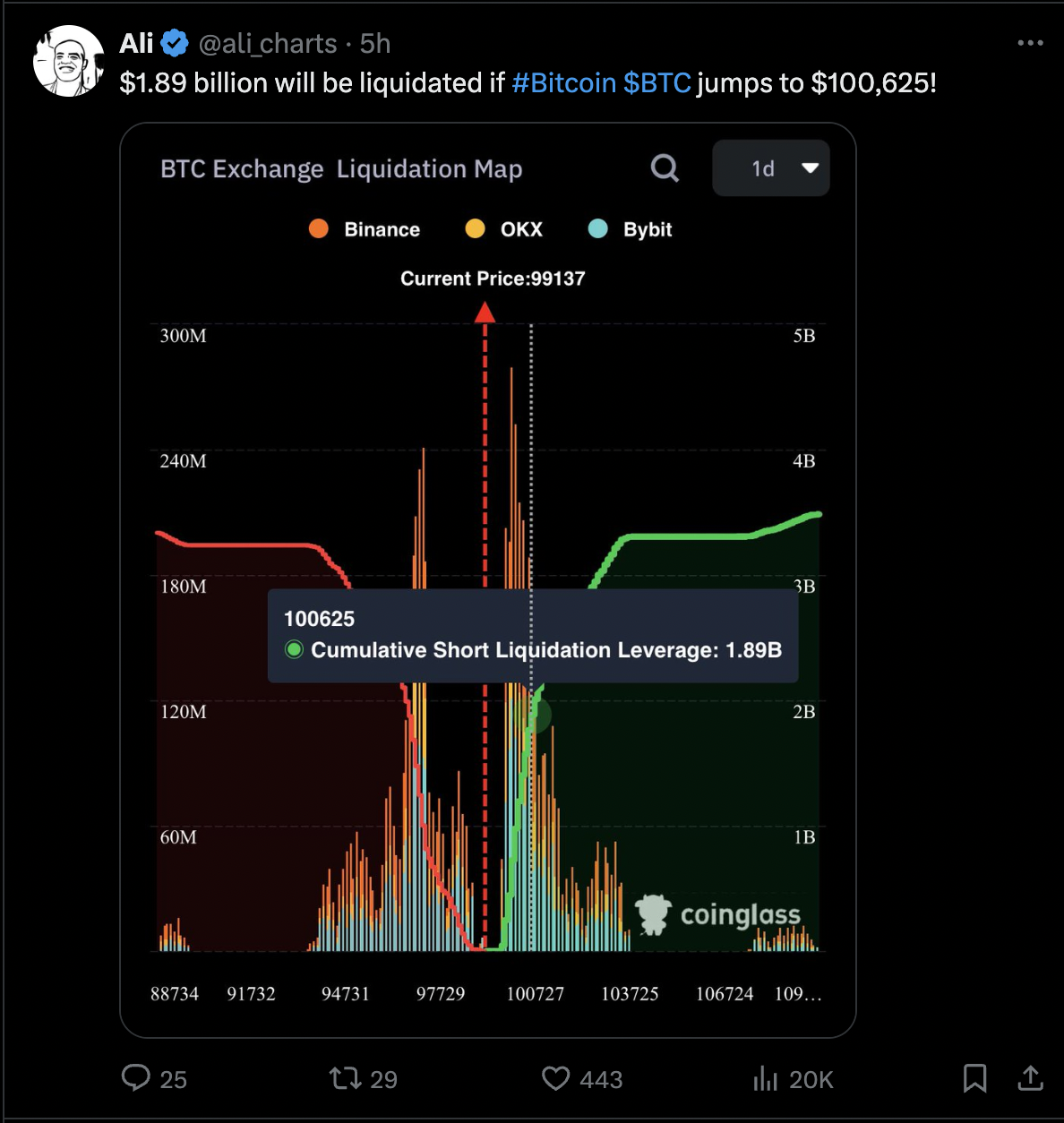
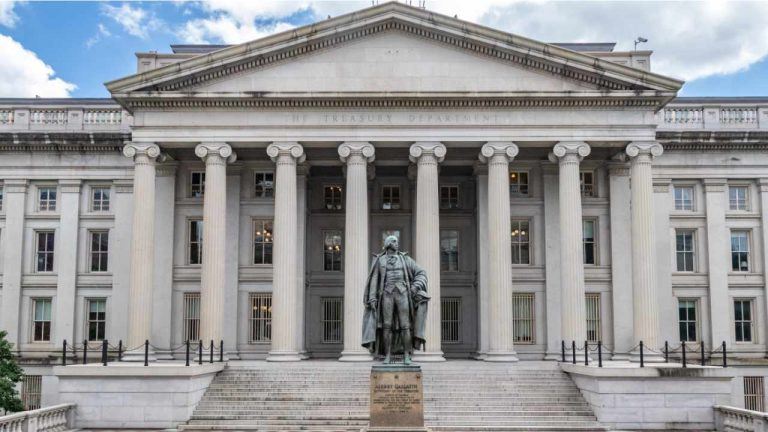

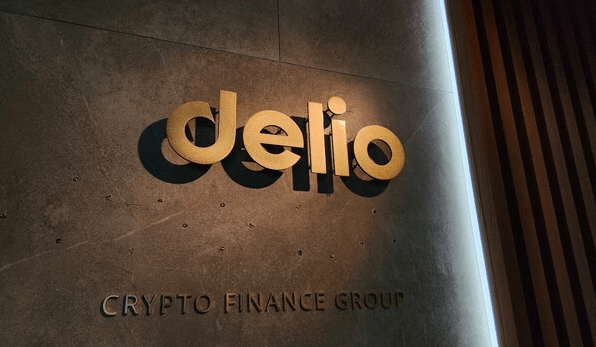




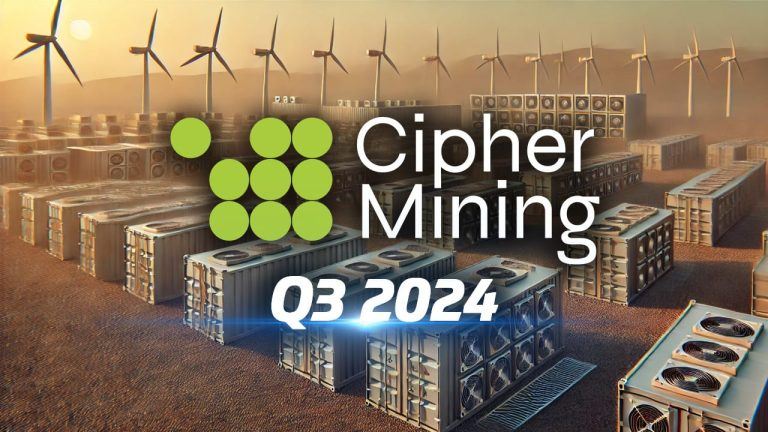


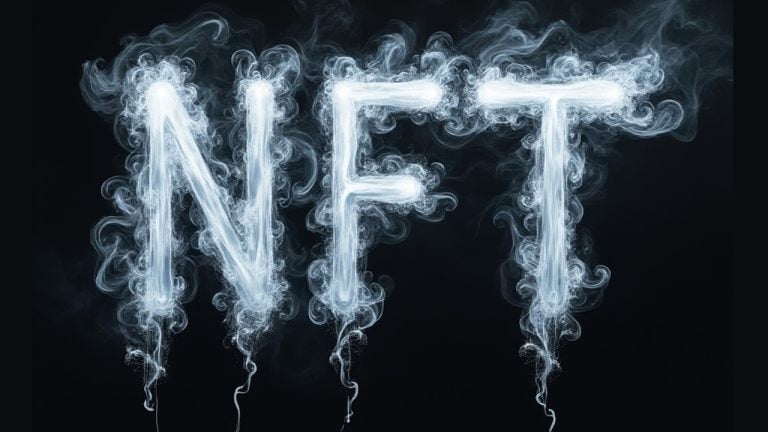


Comments